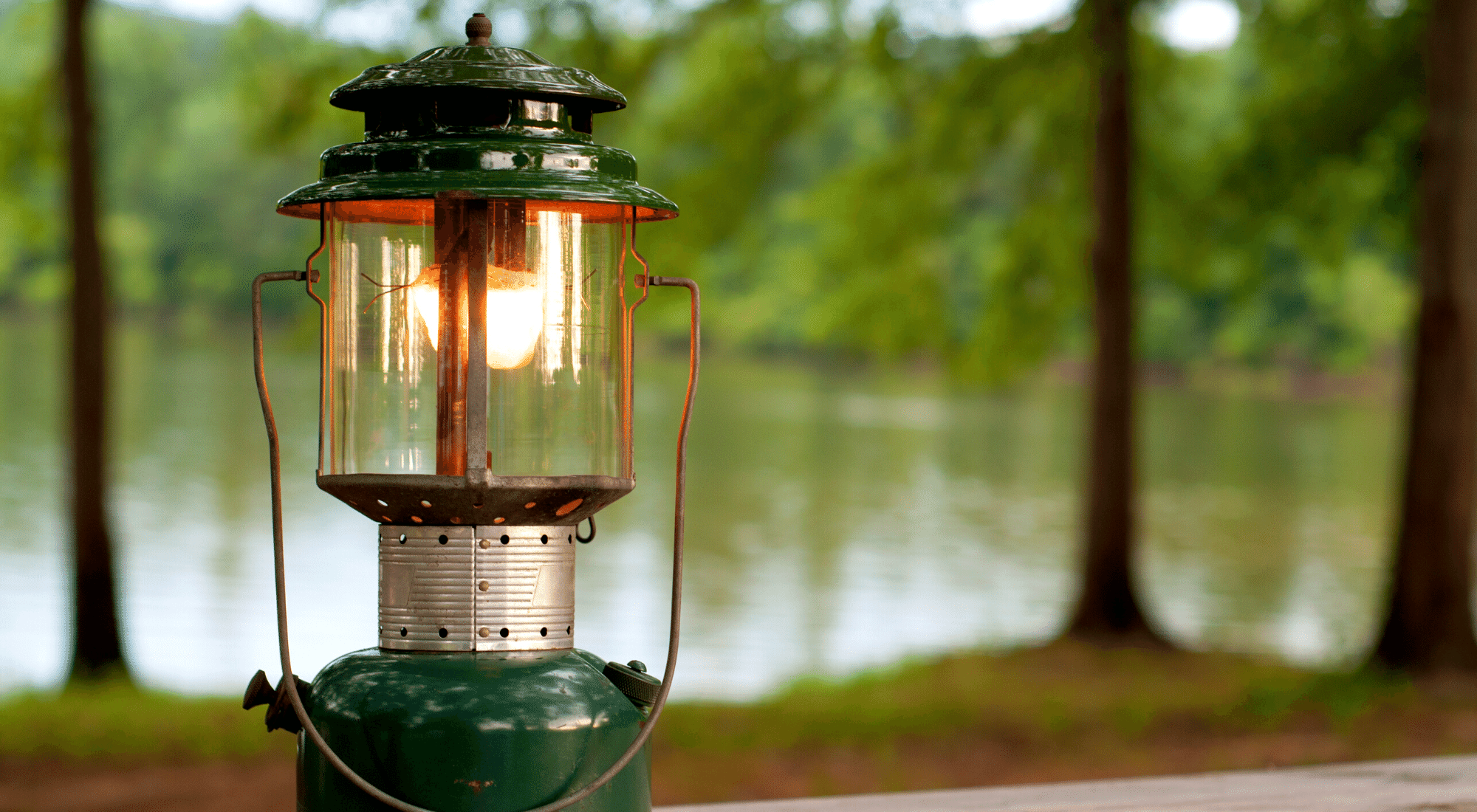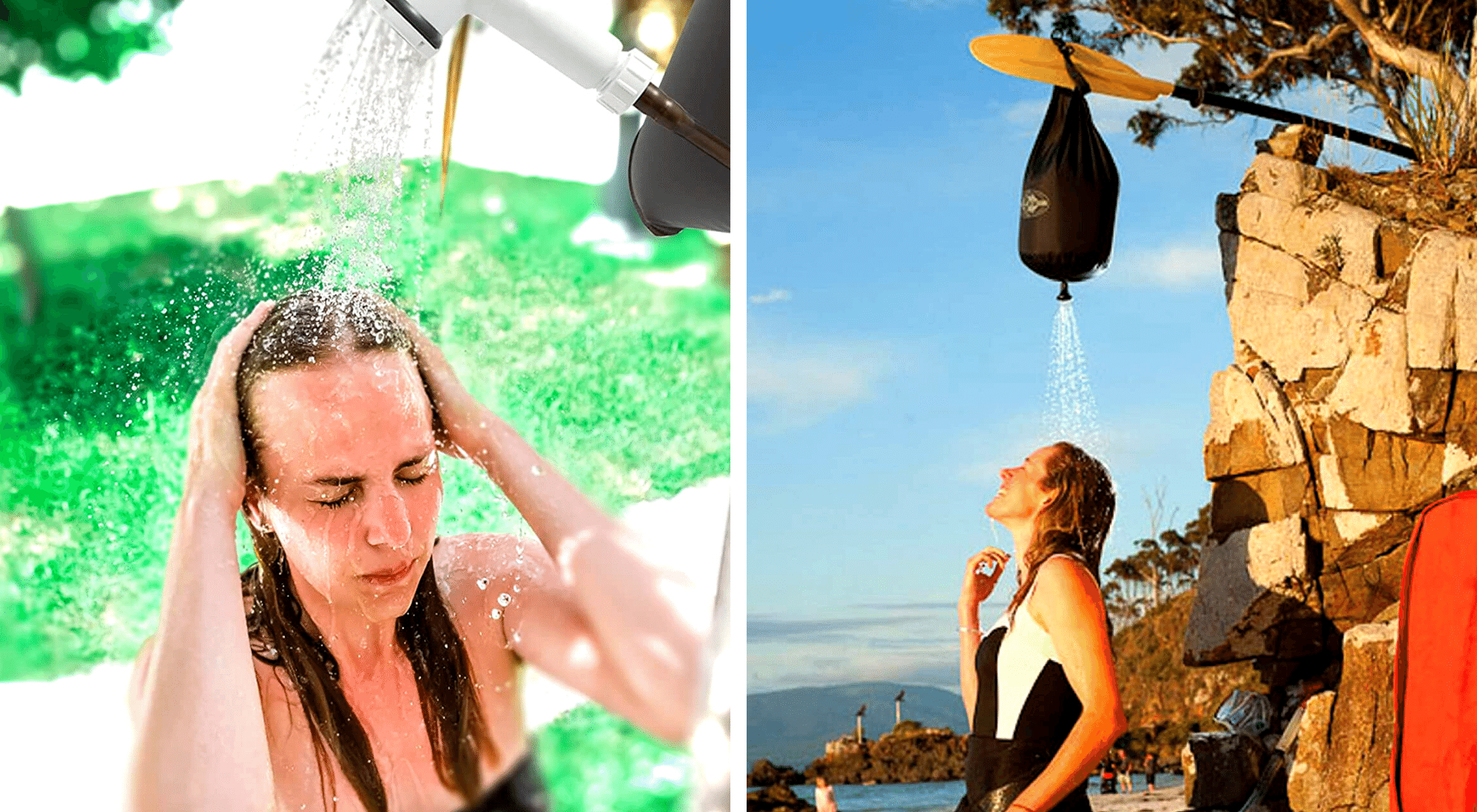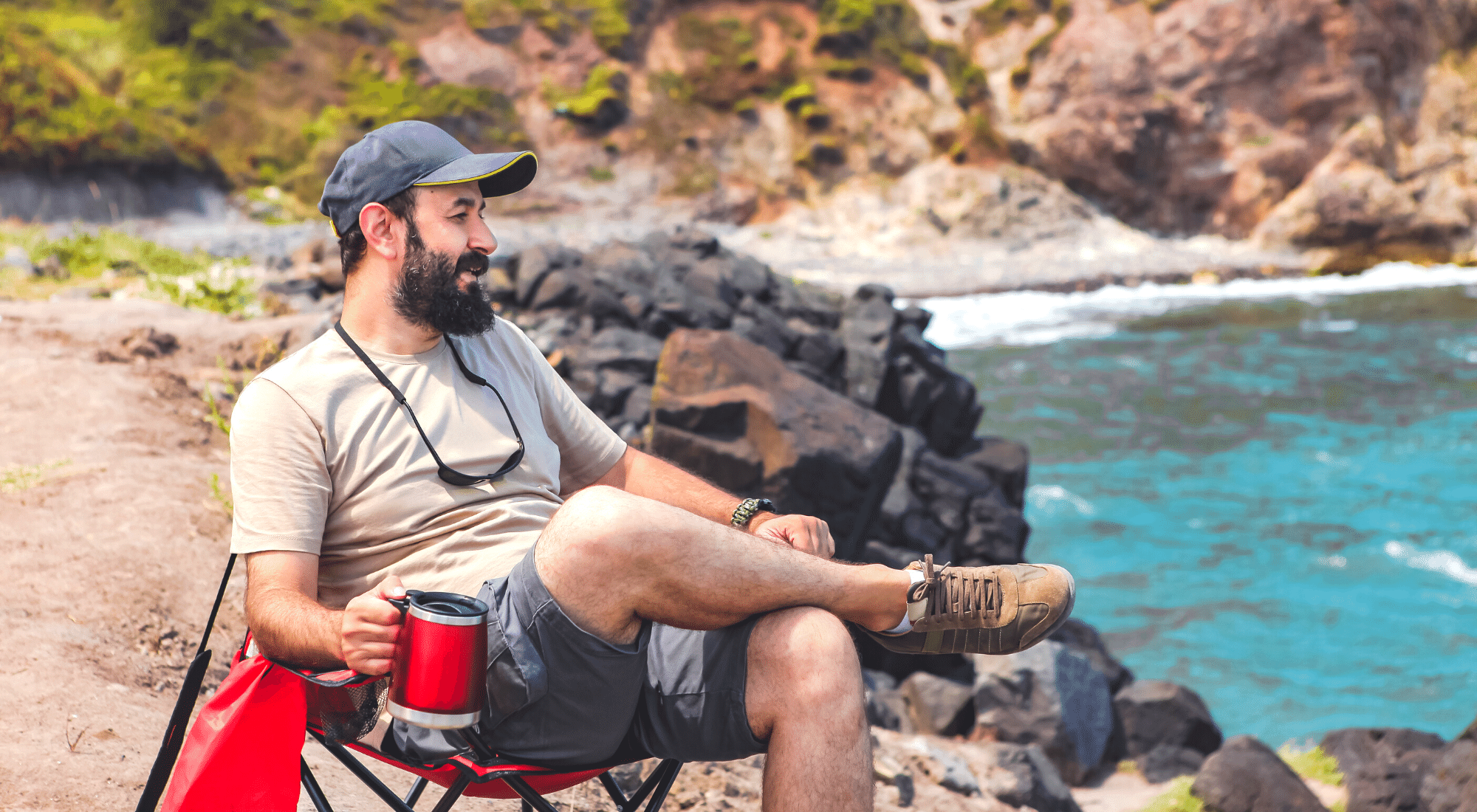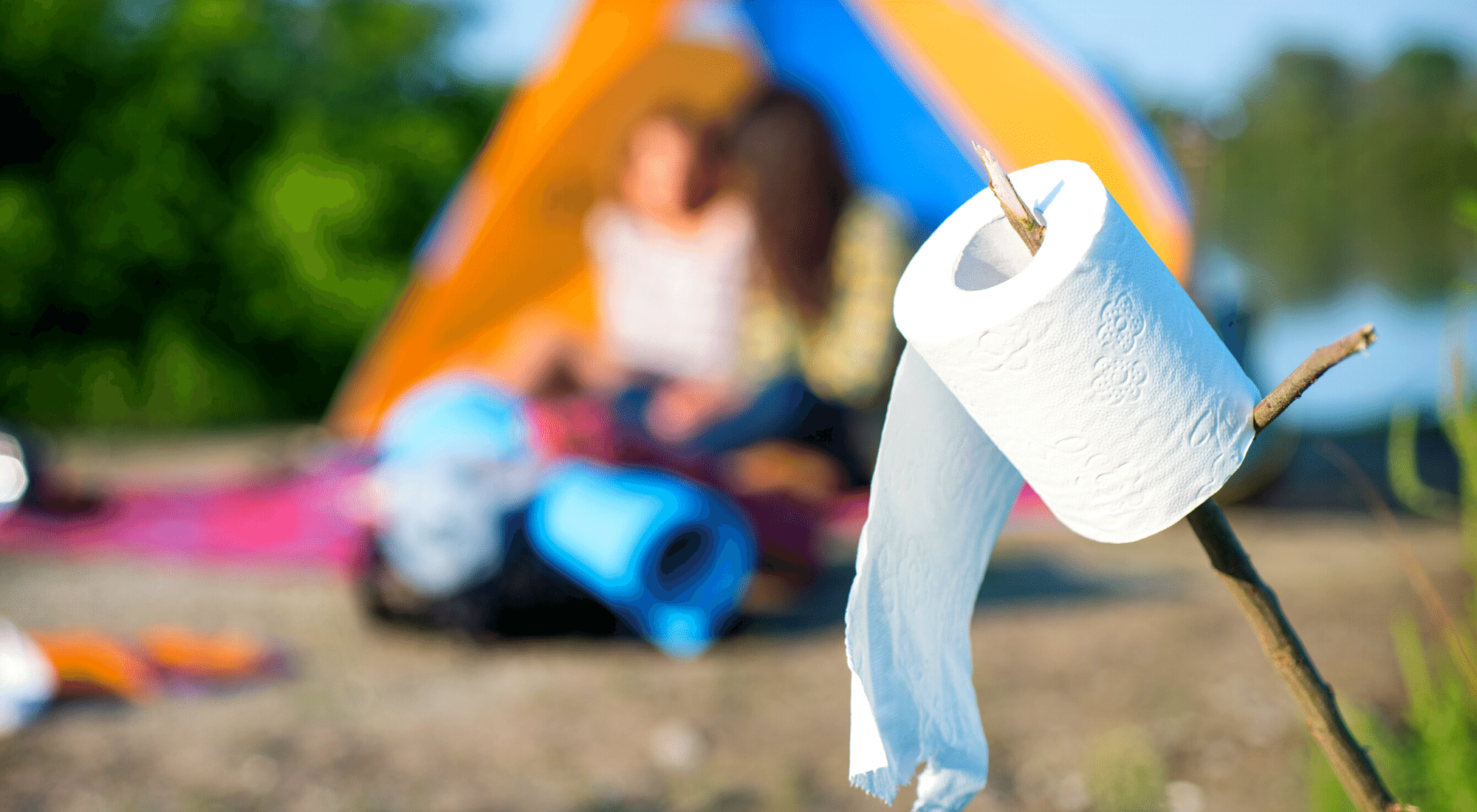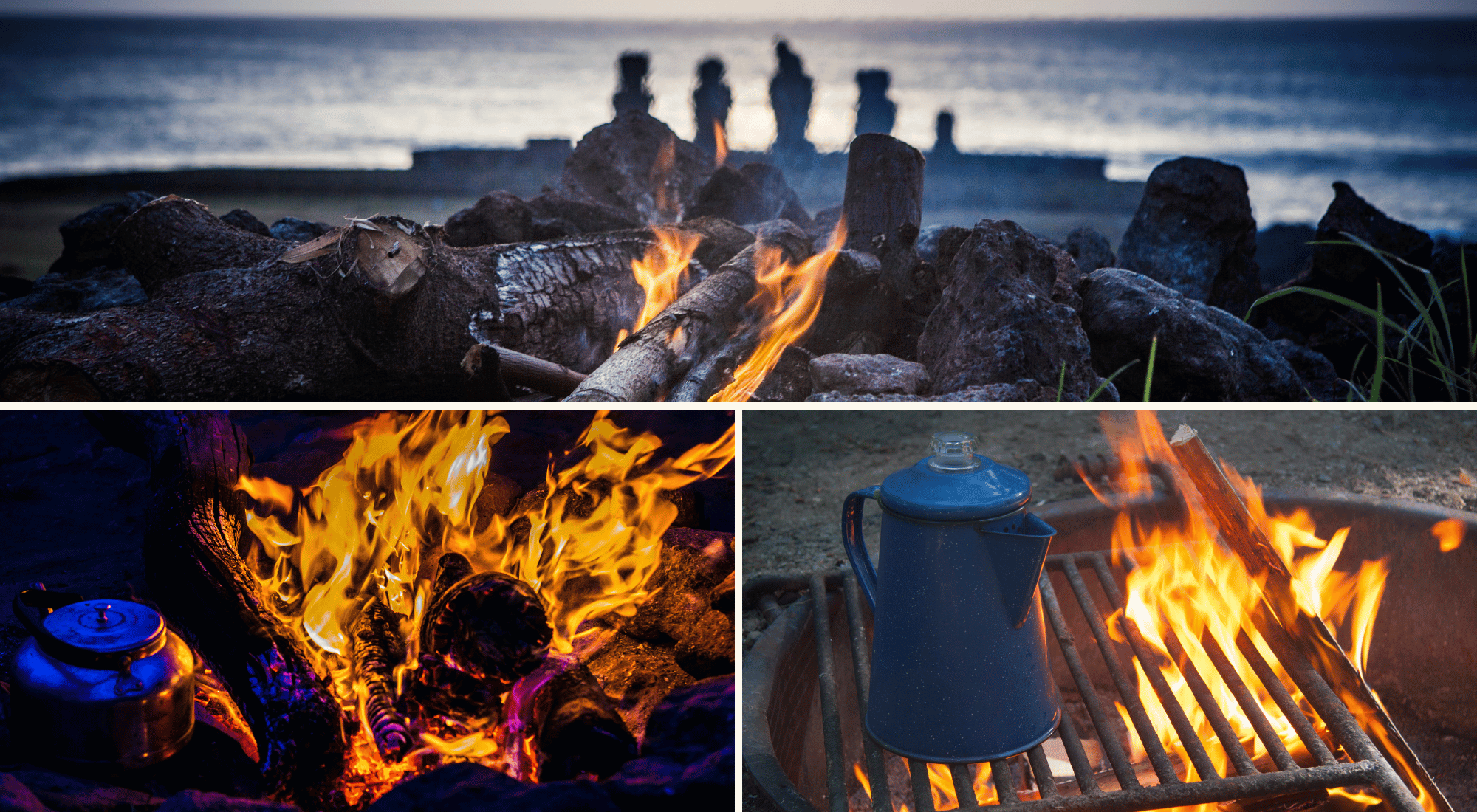Best Camping Lanterns on Amazon: How to Choose the Right Lumens for Your Trip
Learn how many lumens you need and how to choose the best camping lantern on Amazon. Compare brightness, power options, and features for any trip.
A great camping lantern does more than light up a tent. It keeps you safe on dark trails, makes cooking after sunset easier, and helps you relax around camp. The tricky part is choosing the best camping lantern with the right brightness, features, and power source for your needs.
In this guide, you’ll learn how lumens work, how many you actually need, and how to pick a lantern on Amazon with confidence. We’ll also cover practical tips, real-world scenarios, and product types to help you make a smart choice—without wasting time or money.
What “Lumens” Really Mean (And Why They Matter)
Lumens measure how bright a light is. More lumens equals more brightness. That’s different from watts, which measure power use. When shopping for the best camping lantern on Amazon, lumens help you compare options quickly and match brightness to your activities.
- 50–150 lumens: Soft tent lighting and close-up tasks
- 200–500 lumens: Cooking, cards, and dining areas
- 500–1,000 lumens: Lighting larger sections of your campsite
- 1,000+ lumens: Full campsite illumination, group setups, or emergency scenarios
Tip: A higher lumen lantern isn’t always better. Brightness drains batteries faster. Choose adjustable brightness settings so you can dial the light up or down as needed.
Quick Picks: How Many Lumens You Need by Scenario
- Solo backpacker, small tent: 100–200 lumens with a compact, lightweight build
- Family campsite with picnic table: 300–700 lumens with a wide beam
- Group camp or base camp: 700–1,500 lumens, ideally with high/low modes
- Night hikes and emergencies: 100–300 lumens in a portable lantern or headlamp
- Backup or ambient light: 50–100 lumens for comfort without glare
Key Features to Compare on Amazon
When you’re scrolling through Amazon results for the best camping lantern, use these criteria to narrow your choices:
1) Power Source and Runtime
- Rechargeable (USB-C or Micro-USB): Convenient and eco-friendly; great if you bring a power bank or solar panel.
- Disposable batteries (AA/AAA/D): Easy to replace in the field; check cost and availability.
- Solar powered: Ideal for sunny trips and long stays. Often slower to charge; consider hybrid models.
- Fuel-based (propane or liquid fuel): Extremely bright and reliable for base camps; heavier and not ideal for backpacking.
Check Amazon’s product specs for runtime at different brightness levels. Many lanterns list runtime on “high” and “low”—this helps you estimate how long it will last over a weekend.
2) Brightness Control and Beam Pattern
- Adjustable brightness lets you conserve battery and reduce glare in tents.
- Diffused beams are best for ambient light. Focused beams are better for task lighting.
- Red light mode preserves night vision and prevents waking others.
3) Durability and Weather Resistance
- Look for water resistance ratings (e.g., IPX4 or higher) and shockproof design.
- Rugged housings and protected ports matter if you camp in wet or dusty environments.
4) Size, Weight, and Portability
- Backpackers should prioritize compact, lightweight models or collapsible lanterns.
- Car campers can choose larger, brighter options with bigger batteries.
5) Extra Features That Add Real Value
- Power bank function (USB out) can charge phones or GPS devices.
- Solar panel or hand-crank charging for long trips without outlets.
- Hanging hooks, magnetic bases, and stable feet for flexible placement.
Recommended Lumen Ranges by Use Case
Tent Lighting: 50–150 Lumens
You need soft, even light to read, change clothes, and wind down. A compact lantern with a diffused lens reduces harsh shadows.
What to look for:
- Warm color temperature (softer on the eyes)
- Low setting around 50–80 lumens
- Hook or loop for hanging from a gear loft
Cooking and Dining Areas: 200–500 Lumens
Food prep and group meals need brighter, wider light. Adjustable settings let you switch from task lighting to a relaxed glow.
What to look for:
- Stable base for tables
- Water resistance for spills and dew
- Medium and high brightness modes
Larger Campsites: 500–1,000+ Lumens
If you’re lighting a bigger area for games, setup, or night navigation, go brighter. You’ll still want a low mode to conserve power.
What to look for:
- High lumen output with balanced battery life
- Wide beam spread for shared spaces
- Option to hang high or mount for better coverage
Night Hikes and Emergencies: 100–300 Lumens
Keep a small lantern or headlamp handy. Portability and reliability matter more than raw brightness here.
What to look for:
- Lightweight, compact design
- Long runtime on low/medium
- Emergency strobe or SOS mode is a plus
Journey Fanatics may earn a commission from qualifying purchases, but we promise the prices are still the same for you!
Examples of Lantern Types You’ll Find on Amazon
These are common categories and use cases to help you map features to your needs:
- Compact LED “puck” or mini lanterns: Perfect for tents and backpacks; 100–300 lumens.
- Full-size rechargeable LED lanterns: Great all-around choice for families; 300–1,000 lumens with multiple modes.
- Solar inflatable lanterns: Ultra-light, pack flat, and recharge in sunlight; ideal for long trips with minimal gear.
- Fuel-powered lanterns: Extremely bright for base camps; best for car camping and groups where weight isn’t a concern.
How to Read Amazon Listings Like a Pro
Use the listing details and reviews to validate your pick:
- Check “lumens” and “runtime” together. A 1,000-lumen lantern with only 2 hours of runtime on high may not fit a weekend trip unless it has a strong medium/low mode.
- Scan reviews for real-world use: wind, rain, cold temps, and battery life claims.
- Look for photos and videos from buyers to gauge size, brightness, and mounting options.
- Verify that any included batteries or charging cables meet your expectations.
Common Mistakes (And How to Avoid Them)
- Buying the brightest lantern “just in case.” It’s often heavier, more expensive, and drains faster. Choose adjustable brightness instead.
- Ignoring battery type. If you camp off-grid often, a rechargeable lantern plus a power bank or a solar option saves money and hassle.
- Skipping weather resistance. A splash from a pot or overnight dew can ruin non-rated lanterns.
- Forgetting redundancy. Bring a backup light (mini lantern or headlamp) for safety.
Sample Setups for Different Trip Types
- Weekend car camping, family of four:
- One 500–800 lumen main lantern for the table
- One 100–200 lumen tent lantern
- Headlamps for everyone for personal tasks
- Backpacking:
- One 100–200 lumen ultralight lantern or inflatable solar lantern
- One headlamp (primary) and a tiny keychain light (backup)
- Group base camp:
- One 1,000+ lumen area lantern
- One 300–500 lumen cooking lantern
- Several 100–200 lumen tent lights
Care and Maintenance to Extend Lantern Life
- Recharge after each trip and store at 40–60% charge if not using for a while.
- Keep ports covered and clean; debris can cause charging issues.
- For fuel lanterns, store fuel separately, check mantles, and inspect seals.
- Avoid leaving lanterns on high for long periods if you don’t need it—use low modes to prevent heat buildup and save battery.
Frequently Asked Questions
How many lumens do I need for a camping lantern?
Most campers do well with 200–500 lumens for cooking and shared spaces. Keep a 50–150 lumen lantern for tents. For large campsites or group areas, consider 700–1,000+ lumens.
Are rechargeable lanterns better than battery-powered?
Rechargeable models are convenient and cost-effective over time, especially if you bring a power bank. Battery-powered lanterns are simple and reliable when you can pack spare batteries. Many campers carry one of each.
Is a solar powered lantern bright enough?
Yes, for ambient or tent lighting. Solar lanterns typically offer 50–200 lumens. They’re excellent backups and great for long trips, but they’re not a replacement for a high-output primary lantern.
What’s the difference between lumens and wattage?
Lumens measure brightness. Watts measure power use. Focus on lumens for how bright a lantern is, and check runtime to understand efficiency.
How to Choose the Best Camping Lantern on Amazon in 5 Steps
- Define your main use: tent, table, whole campsite, or all three.
- Pick a lumen range: 50–150 (tent), 200–500 (table), 700–1,000+ (campsite).
- Choose power: rechargeable for convenience, batteries for simplicity, solar for backup, or fuel for maximum brightness.
- Demand adjustability: high, medium, and low modes save battery and improve comfort.
- Confirm durability: water resistance, sturdy build, and reliable user reviews.
Match Lumens to Your Trip and Shop Smart
The best camping lantern is the one that fits how you camp. Use lumens to match brightness to your activities, choose a power source that fits your style, and favor adjustable modes to extend runtime. When you shop on Amazon, check lumen output, runtime on each mode, weather ratings, and real user reviews. Build a simple lighting kit—one main lantern, one tent light, and a headlamp—and you’ll be ready for any trip.
Light your campsite well, and the rest of your adventure feels easier, safer, and a lot more fun.
Happy Travels! 🌍
Need some excitement for your next trip? Check out Amazon! Try Audible Plus for two free books. 🎧 Simplify your packing with a FREE 30-day trial of Amazon Prime for quick, two-day delivery. 📦 Don't miss these deals and make your journey unforgettable! ✈️
